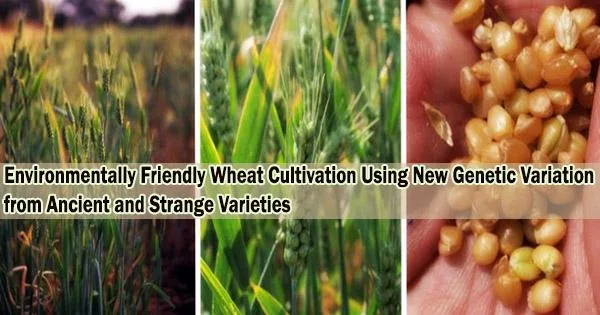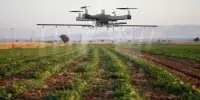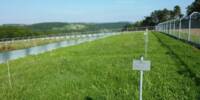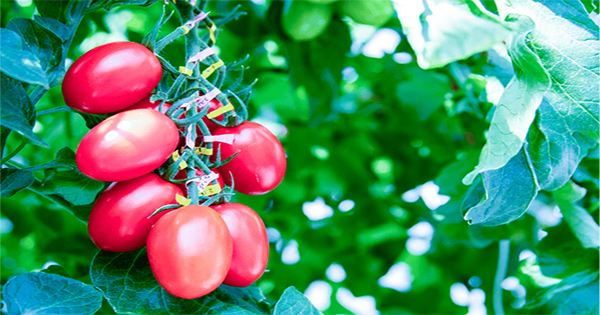Globally, gene banks play a significant role in the preservation of biological variety. Old and exotic varieties have many useful gene variants that have been lost in modern kinds but may be crucial for plant production in the future, in addition to undesirable features.
But how can this hidden treasure of valuable biodiversity be tapped for agriculture? This is the question that a research team has been investigating.
They were able to identify new biodiversity from old varieties for yield performance and resistance to yellow rust infestation through an interdisciplinary approach involving plant breeders, plant geneticists, plant pathologists, and bioinformaticians. This allowed them to use it for crop production.
The extensive collection of old wheat varieties held by the IPK Leibniz Institute were tested for their yield performance and resistance to yellow rust in the laboratory as well as in field trials thanks to the Federal Ministry of Education and Research’s ongoing funding of the work over the past six years.
“This required a logistical masterstroke from all project participants and many innovative approaches to evaluate the potential of the old varieties without disruptive effects,” says Dr. Albert Schulthess, first author of the study.
Through the comprehensive sequencing of old and new varieties in combination with the valuable field data, we were able to identify possible new gene variants for resistance to yellow rust infestation.
Dr. Albert Schulthess
For example, the old varieties were crossed with modified elite varieties to ascertain the yield potential. Only then became the yield potential of the old varieties clearly visible.
The researchers also used the outcomes to create bridging lines for breeding wheat from promising historical types by mating them with modern varieties.
The performance of the resulting progeny surprised the researchers: “We observed higher yields in some bridging lines as compared to important current elite varieties,” says Dr. Albert Schulthess, scientist in the research group “Quantitative Genetics.”
Prof. Dr. Jochen Reif, coordinator of the consortium and head of the research group, is convinced that thanks to the involvement of the two breeding companies, the biodiversity of the elite pool can be increased by using new valuable genetic variation of the bridge lines: “This is of great importance to tackle the huge problems that climate change poses to agriculture.”
But that was not all. The results of the study enable a big step towards farming with less or no pesticide use.
“Through the comprehensive sequencing of old and new varieties in combination with the valuable field data, we were able to identify possible new gene variants for resistance to yellow rust infestation,” says Dr. Albert Schulthess.
Without the decoding of the wheat genome, which the IPK Leibniz Institute played a key part in, this would not have been feasible.
“With the new genome regions we discovered in a few old varieties, we can diversify the immune system of wheat,” explains Prof. Dr. Jochen Reif.
Before the new resistance genes can be exploited in plant production, there are still a lot of obstacles to be overcome. For instance, it is necessary to validate and incorporate the resistance genes into the background of elite lines. Ideally, this would also lead to a better understanding of the defense response’s characteristics. This would allow for the long-term use of the new sources of resistance.
Prof. Dr. Jochen Reif is very pleased because the project’s extension has been positively reviewed and funding for the next three years has been promised.
















